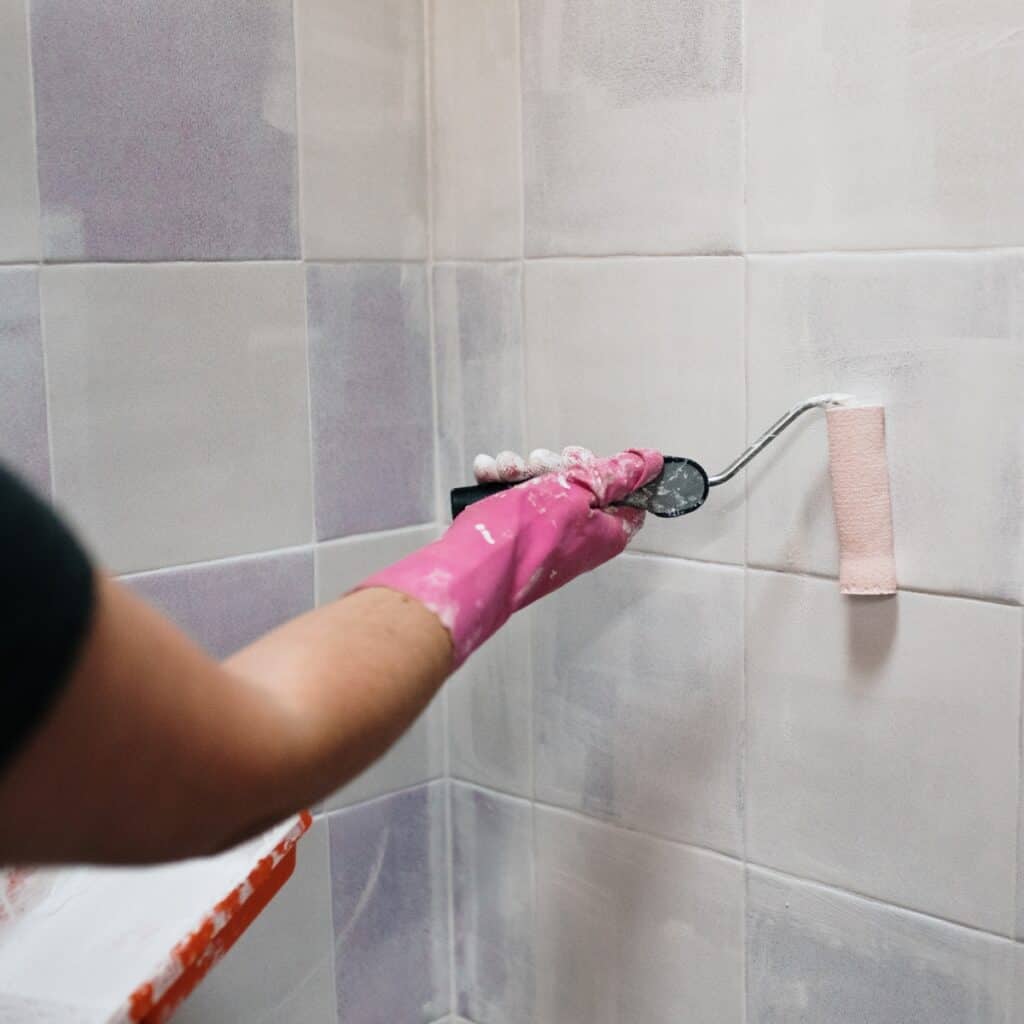As a home owner, you want your house to look nice and last as long as possible. But what does an anti-fungal coating or paint mean? It’s a special coating that prevents mold and mildew growth. It’s also known as antimicrobial or antifouling paint.
In this article, I’ll explain what it is and how it works. Plus, I’ll share some tips on how to find the right one for your needs. So let’s get started!

In this post we'll cover:
Antifungal Peptide Additives: The New Powerful Tool for Coating Paints
Antifungal coatings and paints are becoming increasingly important in controlling fungal growth and preventing fungal diseases. Antifungal peptide additives are a new and powerful tool in the design of such coatings and paints. In this section, we will describe the key features of antifungal peptide additives and their potential for improving the effectiveness of coating compositions.
Antifungal Peptide Additives: What are They?
Antifungal peptide additives are natural or synthetic peptides that have been discovered or isolated from different sources, including human, fungal, and other organisms. These peptides have been classified according to their bioactivity, mode of action, and other features. The most common antifungal peptides (AFPs) are produced by fungi and are known as et-AFPs and md-AFPs. These peptides play an important role in controlling fungal growth and resistance to diseases.
Current Production Methods
Antifungal peptide additives can be produced using different methods, including:
- Semisynthetic processes that involve posttranslational modifications to improve stability and activity.
- Synthetic processes that allow for the design of specific peptide sequences with greater bioactivity.
- Isolation from natural sources, such as fungal cultures or other organisms.
To prepare coating formulations with antifungal peptide additives, the peptides are incorporated into the polymer matrix of the coating. The state and polarity of the particles can affect how the peptides are incorporated into the coating. The peptides can be added to the coating composition during the manufacturing process or can be added to the coating after it has been applied to the surface.
Latex Paints with Antifungal Peptidic Agents: A New Weapon Against Fungal Growth
Latex paints with antifungal peptidic agents are a type of acrylic paint (here’s how to paint with them) that contains peptides that inhibit fungal growth. These peptides are added to the paint during the manufacturing process and are designed to prevent the growth of fungi on the painted surface.
How do Antifungal Peptides Work?
Antifungal peptides work by disrupting the cell membrane of fungi, preventing them from growing and reproducing. These peptides are effective against a wide range of fungi, including those that cause common household problems like mold and mildew.
Testing Antifungal Activity in Latex Paints
To test the antifungal activity of latex paints with antifungal peptidic agents, researchers use a variety of methods, including:
- Inoculum plates: These are plates that are inoculated with fungal spores and then treated with the antifungal paint. The plates are then observed to see if the fungi grow.
- Growth inhibition tests: These tests measure the ability of the antifungal paint to inhibit the growth of fungi in a controlled environment.
Coating a Surface to Keep Fungus at Bay
Coating a surface to inhibit fungus infestation and growth is a common practice in many areas. The ability to prevent the growth of fungus on a surface is a significant performance factor for any coating. The actual degree of protection varies depending on the type of coating used and the area where it is applied. Coatings are designed to improve the performance of the current structure and protect it from attack by mold, dirt, and other natural elements.
The Role of Fatty Acids in Coating Preparation
Research has shown that fatty acids play a vital role in the preparation of antifungal coatings. These compounds contain biological data that affects the drying process of the coating. The technical preparation of materials used in coating production is essential to ensure that the coating is suitable for the surface it is applied to.
Choosing the Right Coating
Choosing the right coating for a particular surface requires an initial understanding of the state of the surface. Is it solid or porous? Is it easy or difficult to prepare? Is it smooth or rough? These are all factors that can affect the performance of the coating.
The Effects of Drying Time and Force
The drying time and force of a coating can have a significant impact on its ability to protect the surface from fungus. The drying process should be done in a controlled environment to ensure that the coating dries evenly and thoroughly. The force applied during the drying process should also be monitored to prevent any potential damage to the surface.
Checking the Coating’s Performance
Once the coating has been applied, it is important to check its performance regularly. This can be done using instruments that measure the level of protection provided by the coating. Short-term and long-term tests can be used to guide the selection of the ideal coating for a particular surface.
Coating Different Surfaces
Coating different surfaces requires different products. For example, cloth containers and wood require different coatings to protect them from fungus. The type of surface being stored or stored in also affects the choice of coating.
In conclusion, coating a surface to inhibit fungus infestation and growth is a practice that requires a high level of technical understanding. The choice of coating and the preparation of the surface are essential factors that affect the performance of the coating. By choosing the right coating and preparing the surface correctly, it is possible to protect the surface from the presence of fungus and improve its overall performance.
I'm Joost Nusselder, the founder of Tools Doctor, content marketer, and dad. I love trying out new equipment, and together with my team I've been creating in-depth blog articles since 2016 to help loyal readers with tools & crafting tips.
